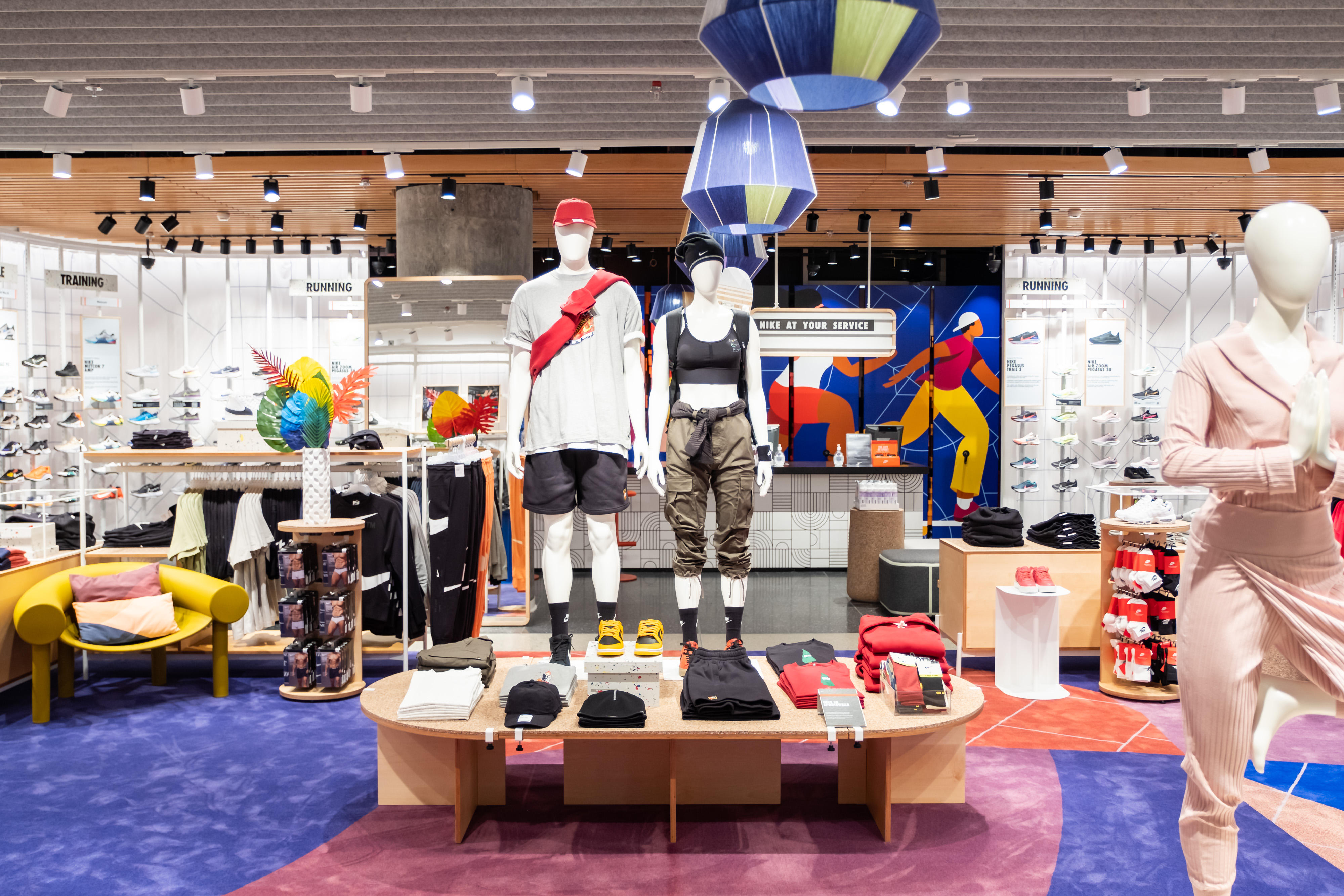Nike Store
| Area C16, Mall Of Emirates, DUBAI, DU | |
 |
Bur Dubai |
| +971 4 280 9881 | |
| https://www.nike.com/ae/ |
About Nike Store
Headquarters of Nike is located in Beaverton, Oregon within the Portland metropolitan area. This corporation established in 1964 as Blue Ribbon Sports (BRS) by Bill Bowerman and Phil Knight. Several years later, in 1978 the company transformed its business name to Nike, Inc. This name comes from Greek language; it belongs to ancient Greek goddess of victory. The company was initially established as an importer of Japanese shoes. Eventually, it has expanded into the leading global marketer of footwear with a world market share of about 37%. The company has about 22,000 retail stores spread throughout the United States where it sells its merchandise. The company markets its goods under its brands Plus, Nike Golf, and Nike Pro. The company has a number of well-known subsidiaries such as the Converse and Umbro. Nike’s major business endeavor is the designing, development, and global marketing of high-quality footwear, equipment, apparel, together with accessory products. Nike is the giant distributor of athletic footwear and athletic apparel all over the globe. The company is spread in one hundred and eight countries where it markets its finished goods. Virtually, independent contractors manufacture all the goods or products belonging to Nike, Inc. Almost all the apparel and footwear products are produced outside the United States of America. This paper focuses on the kind of market structure that Nike, Inc. belongs to, the price elasticity of its demands, the price elasticity of its products, the company’s closest competitors, the substitutes or subsidiaries of Nike, Inc. products, the growth in the demand for its products, the company’s labor force, level of profitability, and how Nike, Inc. can improve its profitability.



.jpg)